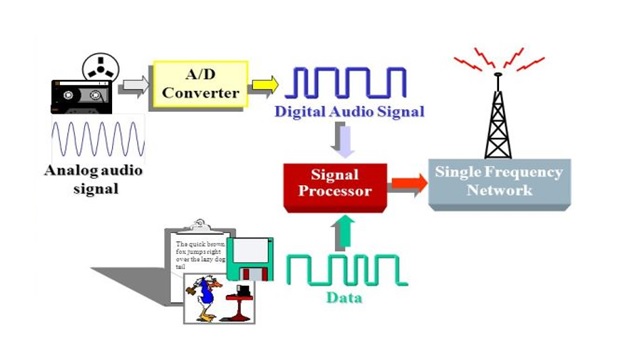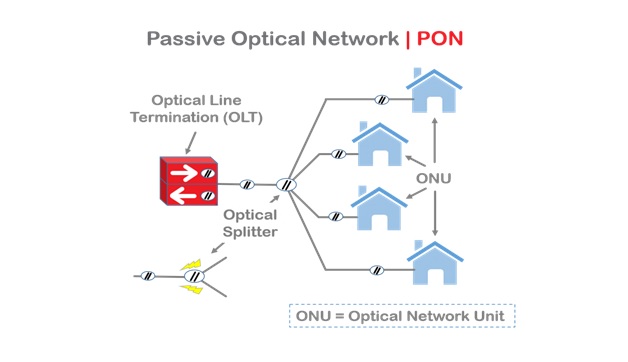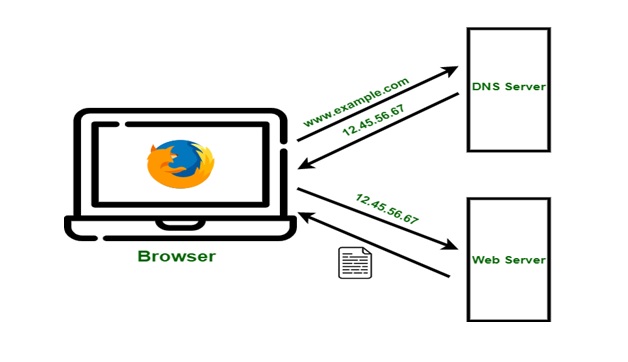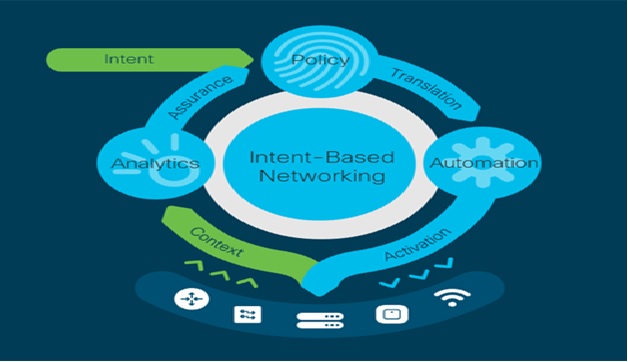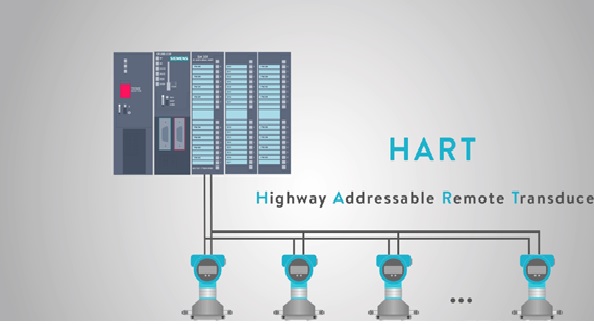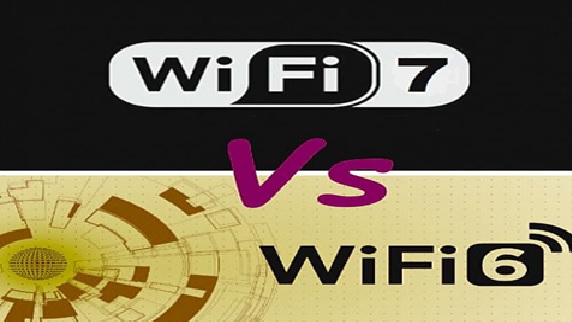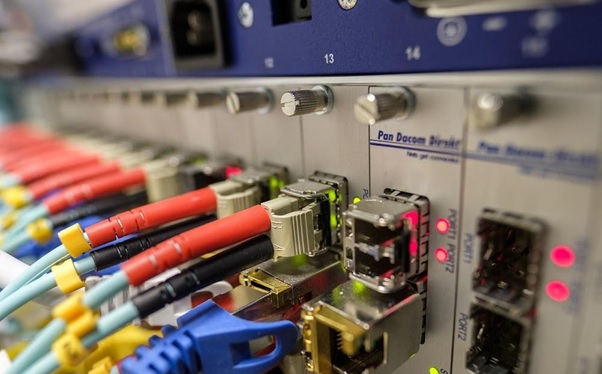Overview of Layer 3 Switching
A layer 3 switch combines the functionality of a switch and a router. It acts as a switch to connect devices that are on the same subnet or virtual LAN at lightning speeds and has IP routing intelligence built into it to double up as a router. It can support routing protocols, inspect incoming packets, and can even make routing decisions based on the source and destination addresses. This is how a layer 3 switch acts as both a switch and a router.[1]

Figure 1. Overview of Layer 3 Switching
Figure 1 shows the recommendation on whether to use a switch at Layer 2 or a Layer 3 depends in part on the size and complexity, and the security requirements, of the network you’re managing.
When designing your network topology, consider some of the following points:
Advantages
- Is more than one VLAN required for the network? Layer 3 switches are useful when you have more than one VLAN needing to communicate with one another.
- Does your network consist of dozens, hundreds, or thousands of users? As the size of your network grows, you’ll need more than one switch to physically connect all of the users. In this case, you may find you need a mix of Layer 2 switches and a Layer 3 device (switch, dedicated router, or firewall) to perform the Layer 3 functions.
- Does your security policy require putting access control rules between devices on different networks, or doing deep packet inspection on traffic between networks? If so, having a firewall perform the Layer 3 function may be better suited.
- How do you plan on managing your network infrastructure? With the introduction of Layer 3 switches, it may be possible to reduce the number of network devices on your network, which may simplify some of the device management, including things like patching and policy updates. [2]
Advantage of Layer3 Switching
- L3 support routing between virtual LANs.
- Improve fault isolation.
- Provide ease of security management.
- Reduce broadcast traffic volumes.
- Ease the configuration process for VLANs, as a separate router is not needed between each VLAN.
- Separate routing tables, and as a result, segregate traffic better.
- Offers flow accounting and high-speed scalability.
- Lower network latency as a packet that does not make extra hops to go through a router.
Limitation of Layer3 Switching
- The cost of the L3 switch is quite high compared to the Layer 2 switch.
- Layer 3 switch does not offer WAN functionality.
- Multiple tenants and virtualization.
- Does not offer any functionality.
Functions of layer 3 switching
- Define paths based on logical addressing
- Provide Security
- Run layer three checksums
- Process and respond to any option information
- Allows you to update simple Network Management
References:
- https://techgenix.com/layer-3-switch/
- https://www.auvik.com/franklyit/blog/layer-3-switches-layer-2/
- https://www.guru99.com/layer-3-layer-2-switch.html
Cite this article:
Thanusri swetha J (2021), Overview of Layer 3 Switching, AnaTechMaz, pp. 49




